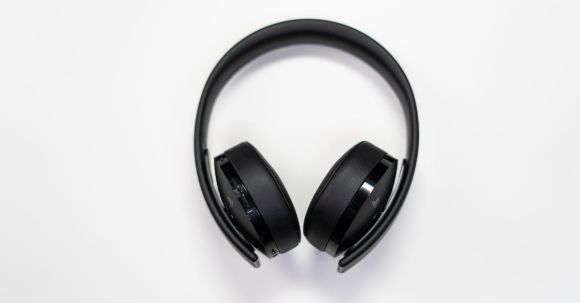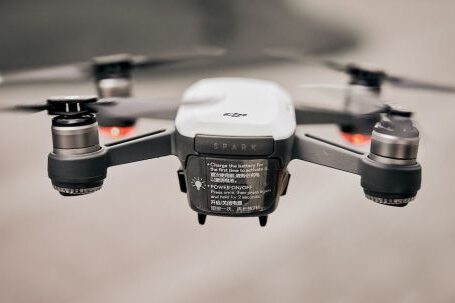When it comes to enjoying a truly immersive audio experience, spatial audio is the key. Spatial audio technology in headphones allows users to perceive sound from all directions, creating a three-dimensional audio experience that mimics real-life soundscapes. But how exactly does this technology work? In this article, we will explore the technology behind spatial audio in headphones and how it enhances our listening experience.
Understanding Spatial Audio
Before delving into the technology behind spatial audio in headphones, it is important to understand what spatial audio actually is. Spatial audio, also known as 3D audio, is a technology that creates an immersive sound experience by simulating the way sound travels in real life. It aims to replicate the way sound is perceived by our ears and brain, providing a more realistic and immersive audio experience.
Head-Related Transfer Function (HRTF)
At the core of spatial audio technology is the Head-Related Transfer Function (HRTF). HRTF is a mathematical model that describes how sound waves interact with the human head and ears. It takes into account factors such as the shape of the head, the position of the ears, and the direction of sound sources to determine how sound will be perceived by an individual.
HRTF is used to create binaural audio, which is a technique that uses two microphones to capture sound from different directions and simulate the way it would be heard by human ears. By applying the HRTF model to the captured audio, spatial audio technology can recreate the illusion of sound coming from various directions, giving the listener a sense of space and depth.
Head Tracking
Another important component of spatial audio technology in headphones is head tracking. Head tracking allows the headphones to detect the position and movement of the listener’s head in real-time. By tracking the listener’s head movements, the headphones can adjust the spatial audio processing to match the listener’s orientation, ensuring that the sound remains spatially accurate no matter where the listener turns their head.
Head tracking is typically achieved using sensors such as accelerometers, gyroscopes, and magnetometers, which can detect the movement and orientation of the listener’s head. This information is then used to dynamically adjust the spatial audio processing algorithms to maintain the illusion of sound coming from the correct direction.
Advanced Signal Processing
Spatial audio technology in headphones also relies on advanced signal processing algorithms to enhance the listening experience. These algorithms are responsible for processing the audio signals and applying the HRTF model to create the illusion of spatial sound.
Signal processing techniques such as convolution, filtering, and equalization are used to modify the audio signals based on the HRTF data. This allows the headphones to accurately simulate the way sound would be heard in different environments, such as a concert hall or a forest. The result is a more immersive and realistic audio experience that enhances the enjoyment of music, movies, and games.
Conclusion
Spatial audio technology in headphones is a combination of various technologies and techniques that work together to create an immersive and realistic audio experience. From the mathematical modeling of the HRTF to the use of head tracking and advanced signal processing, these technologies enable headphones to recreate soundscapes that mimic real-life listening environments.
As spatial audio technology continues to evolve, we can expect even more realistic and immersive audio experiences in the future. With the advancement of virtual reality and augmented reality technologies, spatial audio in headphones will play a crucial role in creating truly immersive and interactive virtual environments. So the next time you put on a pair of headphones, take a moment to appreciate the technology that powers the spatial audio experience and enjoy the immersive world of sound it brings.




